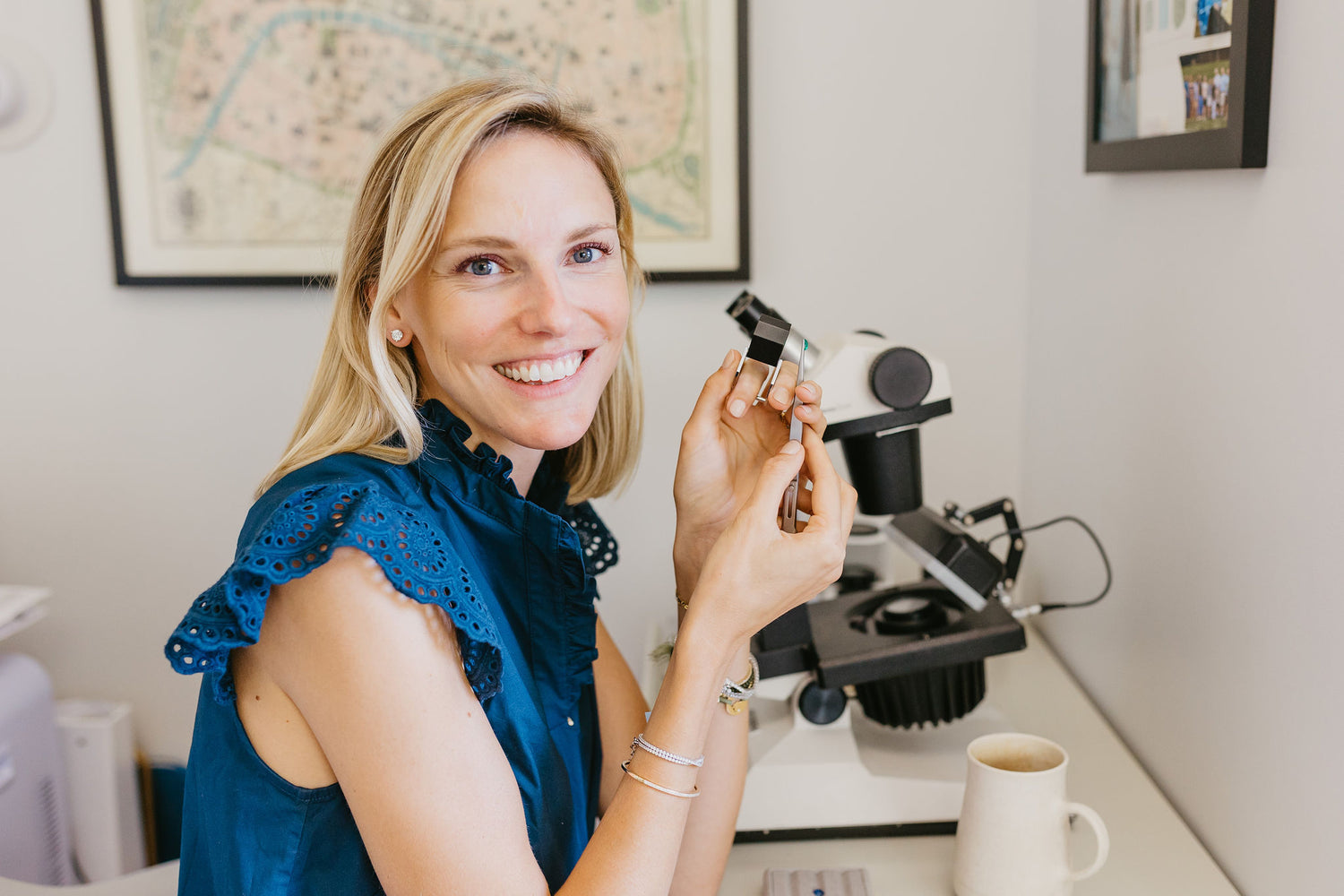Emerald

The cheery green of emerald is the perfect gemstones for May birthdays. Lush landscapes, spring growth, and renewal are all evocative of luscious green emeralds. A member of the beryl family, a beryl is considered an emerald when it's bluish green to pure green with little to no color zoning (pockets of green with the rest of the stone being clear or colorless). If the beryl is too yellow or too blue, it's not considered an emerald and the value drops accordingly (this can be a good option if you're looking for a green stone without the price tag of a traditional emerald).
Emeralds have been loved for centuries, prized by royalty throughout the world, and are still admired today. Here is what you need to know about this sultry green gemstone.
Caring for Emerald
Ranking between 7.5 and 8 on the Mohs hardness scale, it is susceptible to scratching and should be stored away from other gemstones that can abrade the surface. Many emeralds are also treated to improve their appearance (color or clarity). Common treatments include dyeing and fracture filling (with oil, resins, or waxes). Because of this, emeralds should be kept away from extreme heat, ultrasonic cleaners, harsh chemicals, and even changing pressure (think airline cabins).
The best way to clean your emerald is with warm water with mild soapy water and a very soft brush. You could also use a soft washcloth with warm water to simply wipe down the surface.
Shopping for Emerald
Due to their common treatments and softness, Emerald's are often best away from places of great exposure (necklaces and earrings). You should also always assume an emerald has some sort of treatment unless their is a GIA Report to prove otherwise. Emeralds without treatment are VERY rare and VERY expensive (think $280,000 per carat - record breaking Emerald at a Sotheby's auction in 2011).
Emerald's primarily come from two locations: Brazil, Zambia & Colombia. Colombian emeralds typically set the standard for what emeralds SHOULD look like.
With any great gemstone, there are always going to be imitators. Common imitators can be green beryl (a slightly less saturated green), glass, plastic, dyed quartz (frequently with high clarity and low prices). Always be sure to ask for a GIA report when making a large purchase like this, or work with a trusted gemologist who can perform the relevant tests to confirm what type of gemstone you're purchasing.
Major Emerald Moments

Angelina Jolie in Lorraine Schwartz Emerald Earrings at the 81st Academy Awards.
Source: Instore

Julianne Hough in Cannes wearing Chopard Emerald and Diamond Earrings.
Source: WhoWhatWear
 Kate Middleton stunning in an emerald necklace and earrings.
Kate Middleton stunning in an emerald necklace and earrings.
Source: Adventurine
You might notice with all of these women, they're in earring or necklace form - it's because of the treatments emerald's receive. With the treatments, emeralds are more prone to cracking, chipping or breaking with any wrong move (banging your hand on a table, hitting your arm on a door frame, etc). They're much better suited for earrings or necklaces where they can safely sit for the eye to admire.
Loving one of these styles? APJ works with all budgets and visions to create pieces to fit your personal style. Email info@annapjay.com to start the process!

